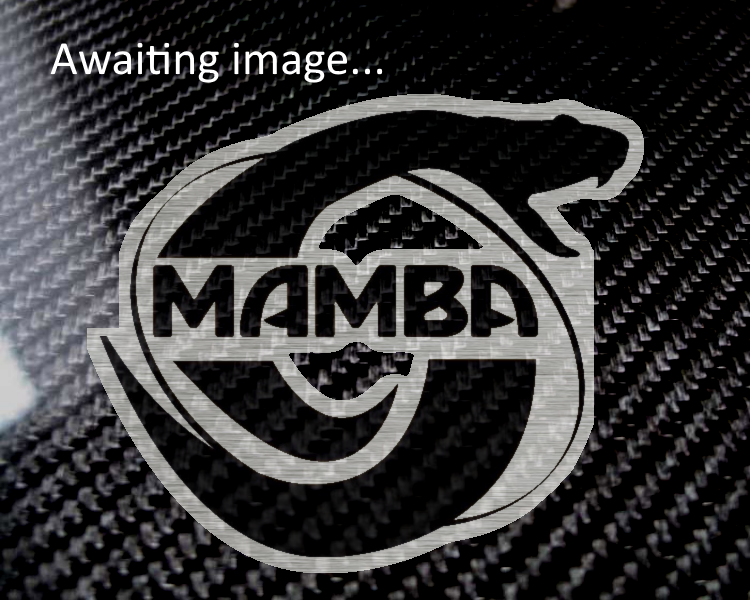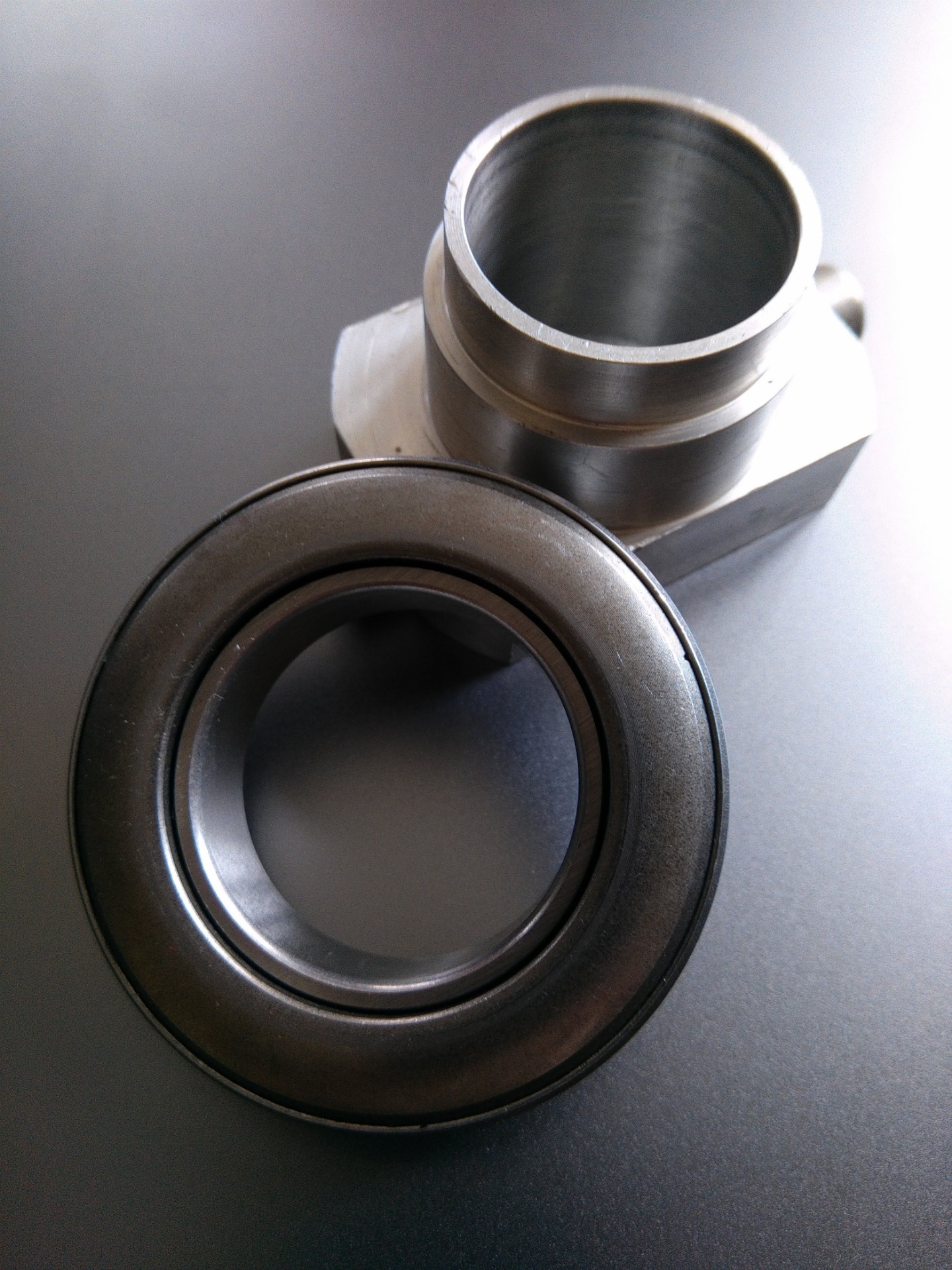Stay cool - more power and longer engine life

The A series engine (inline) in a Spridget can be tuned to more than twice its original design specification. Our race engines are making over 140bhp. Getting 130+ from an engine isn't actually that hard if you know how but making it reliably takes a bit more skill.
Heat management is a big part of making the power reliably.
Most petrol engines operate with peak efficiency at just below 100C water temp however, the Spridget suffers high heat transfer from exhaust to inlet tract due to its 5 port non-crossflow design and consequently makes more power at a lower water temp. Running closer to 80C will deliver more power for a race spec engine running on Weber carbs.
The Spridget engine is also sensitive to temperature damage when being stressed by racing. There are multiple reasons but primarily consider that the blocks were cast more than 40 years ago before japanese quality techniques and german metallurgy moved the world forward. Essentially, if the engine spends any time over 100C it is running a high risk of damage.

How do you keep the engine running at the right temperature?
Petrol engines run at about 25% efficiency so for every kW of energy delivered as work there is 3kW of heat energy to be removed - that's a 300kW of heat being produced at full power on a 140bhp race engine - the equivalent of 150 electric fires!
Air - ultimately almost all the heat energy that is produced by the engine must be dissipated into heating up air molecules.
Exhaust wrap - more heat is removed from the engine by the exhaust gas than by the rest of the cooling system combined but if the exhaust is not wrapped then the heat is not all removed from the system but is radiated back into the engine bay.
Oil radiator - makes a small difference to cooling as a radiator but importantly increases the oil volume in the system which helps keep the temperature stable.
Water radiator - the first thing you think of when talking about cooling but the capacity and efficiency of radiators varies dramatically based on design, materials and flow of both air and water.
Water and oil radiators are both fluid->air designs which means that the air flow through the radiator is key to getting them to work.

Airflow is the critical factor in getting cooling working. Remember these rules when designing the cooling system:
- Air only flows from areas of high pressure to low pressure
- Heat energy transfer requires a temperature differential (DeltaT)
- The transfer zones are the 2 radiators and the engine itself
- Hot air rises
See below for a diagram of how a Spridget cooling system can be positioned to run efficiently.
Cool in -> hot out
If the air can't get out of the engine bay, there will be no flow through the radiator. On a standard road car the hot air exits through the wheel arches, underneath and down the transmission tunnel which doesn't actually work very well.
On a race car you'll be running a bigger & better radiator but the increased power needs increased airflow and that means either force the issue with a fan or add carefully placed holes to get the hot air out.

Because hot air rises, vents towards the back of the bonnet allow a natural convection current; they also allow hot air from the block to convect upward. Note: If the car has a screen there is a high pressure area created in front of it so the vents will need to be positioned more than 6" from the rear edge of the bonnet.
Sealing around the radiator to make sure that high pressure air doesn't 'escape' ensures that the air is all being heated. Otherwise the unheated air has an easier passage and chokes the flow at the exit. As a rule of thumb, the air intake for the radiator needs to be 1/3 the area of the rad and the exit 1/2 the area:

Angling the radiator forward at the top allows convection to pull air through the rad even when stationary - done properly the car won't need a fan.
And don't forget the transmission tunnel - air that moves down it will cool not only the engine but also the gearbox. Because there is a big low pressure area directly behind the car when it's moving, having sealed ducting that exits to the back panel is a great way of getting the air drawn cleanly through the tunnel - if your regs allow it!
If you're having problems keeping your track car cool this summer give us a call and we'll get you sorted.





















